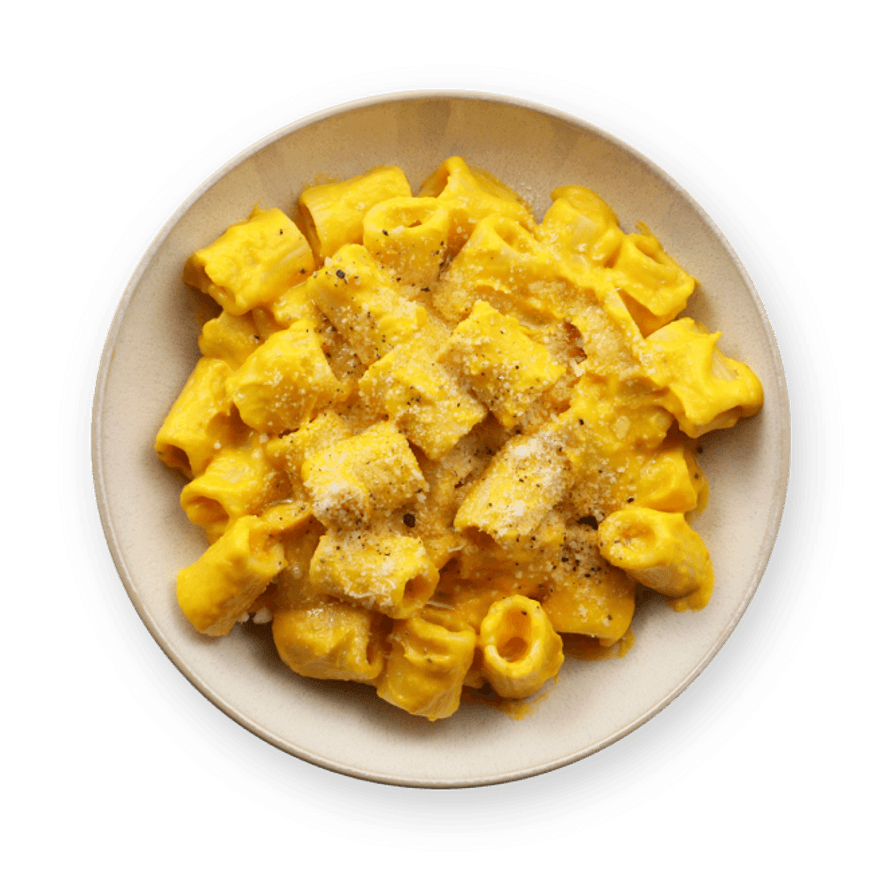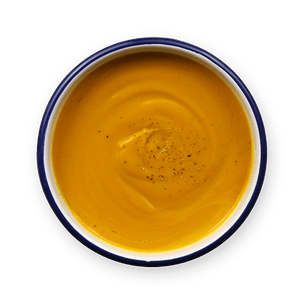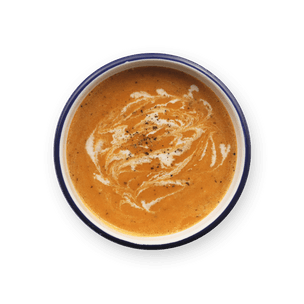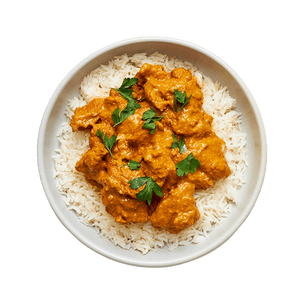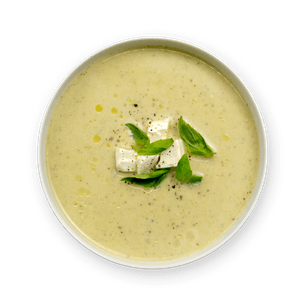Butternut Purée Pasta
4 reviewsA creamy butternut sauce spiked with garlic & parmesan. This is pasta heaven!

Ingredients
Make sure you have...
Utensils
Pot (small), Oven, Stovetop, Colander, Immersion blender, Knife
recipe

Step 1
Wash the squash & cut it in half lengthwise.
Step 2
Scoop out the seeds. Slice, then cube the squash, leaving skin on.
Step 3
Bring a pot of salted water to a boil. Add the cubed squash & cook for 20 min, or until fork tender.

Step 4
Meanwhile, cook the pasta according to the package instructions.
Step 5
When the squash is ready, drain & set it aside.

Step 6
Add a drizzle of olive oil to the same pot over medium heat. Then add the minced or crushed garlic. Cook for 1 min, stirring frequently.

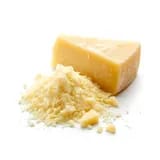
Step 7
Add the squash, salt, pepper, cream & half the parmesan to the pot.
Step 8
Stir until the mixture becomes creamy. If too thick, add a little water. Remove from heat.
Step 9
Using an immersion blender, blend the squash mixture until it's a smooth purée. Add the cooked, drained pasta to the butternut sauce.

Step 10
Serve topped with the remaining parmesan. Yum!
Personal notes
Add your own flavor!
Nutrition facts
Average estimated amount for one serving
| Energy | 380 cal. |
| Fat | 9 g |
| Carbohydrates | 57 g |
| Protein | 14 g |
| Fiber | 7 g |
Values are based on an average estimate for one serving. All nutrition information presented on Jow is intended for informational purposes only. If you have any concerns or questions about your health, please consult with a health-care professional.
On average, one serving of the recipe "Butternut Purée Pasta" contains 380 Energy, 9 g of Fat, 57 g of Carbohydrates, 14 g of Protein, 7 g of Fiber.
Retrieving reviews...

